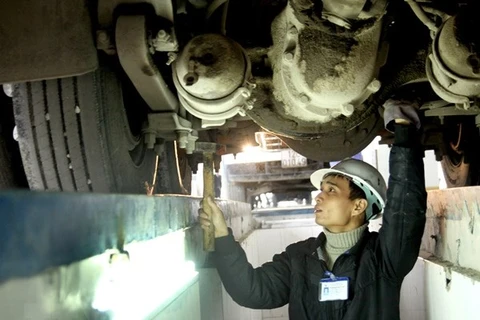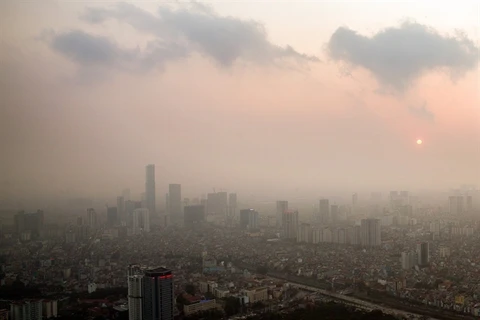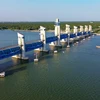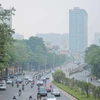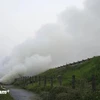To deal with air pollution, MoNRE asked ministries, local authorities and agencies to foster air quality monitoring in urban areas for accurate evaluation and prompt warnings.
The system being installed includes air quality monitoring stations in different cities hooked up to municipal and provincial departments of natural resources and environment.
Stations in different locations would show different results, depending on traffic and building density.
Street dust cleaning and traffic separation are short-term solutions to reduce air pollution.
Besides, the Ministry has been accelerating the completion of a legal framework for gas emission from industrial and traffic activities, construction sites to deal with the problem at the first hand. Specifically, the Ministry has been admending the Law on Environmental Protection dated 2014 and building specifications and standards for environment quality in line with those in developed countries.
In 2020, MoNRE will work with the Ministry of Construction to compose new regulations on environmental protection for construction sites and work on energy transition. Hanoi plans to ban coal-burning briquettes by 2021 and tighten management over crop burning in rural districts.
Apart from updating warning on air quality in urban areas, MoNRE is going to inform violations of regulations regarding environmental protection on mass media to raise public awareness over the issue.
According to insiders, air pollution, especially in Hanoi and Ho Chi Minh City, had constantly worsened, although some measures had been taken to ease the situation.
Since September 2019, air quality in Hanoi has drastically dropped with air quality index (AQI) reaching very unhealthy levels of above 200 and hazardous levels of above 300.
In October 2019, the Vietnam Environment Administration under the Ministry of Natural Resources and Environment has advised members of the public, especially children, the elderly, pregnant women and those with respiratory diseases, to limit outdoor activities due to rising pollution.
Meanwhile, photochemical smog is a common phenomenon in traffic hot spots in Ho Chi Minh City where the level of air pollution exceeds the permissible limit, according to the Ho Chi Minh City Department of Natural Resources and Environment’s Centre for Environmental and Natural Resources Monitoring.
The Department in October recommended that people, especially children, the elderly, pregnant women and those with respiratory diseases, limit outdoor activities due to rising pollution, and use masks and glasses to cover the face and eyes when going out.
Independent tracking systems of PAM Air and AirVisual have reported air pollution spreading across the northern region, mostly in Hai Phong, Quang Ninh and Thai Nguyen where coal-fired power stations are operated.
According to the World Health Organisation (WHO), air pollution is considered “a silent killer” in Vietnam.
According to statistics from WHO, air pollution is one of the highest causes of death in the world with around eight million people dying each year.
WHO data also shows that six out of the 10 diseases with the highest mortality rates in Vietnam are related to air pollution.
Vietnam’s urban areas have various types of pollutants far exceeding permissible limits, especially major urban areas like HCM City and Hanoi, according to the Ministry of Natural Resources and Environment.
The economic losses due to early deaths caused by air pollution were equivalent to 5-7 per cent of Vietnam’s GDP last year, or 11.4-15.9 billion USD, with at least 40,000 people dying of diseases related to pollution.
The number of deaths caused by air pollution is four times the number due to traffic accidents, which is around 11,000 a year.
It is estimated that the number of deaths each year due to air pollution will rise to over 100,000 by 2035, experts said./.



